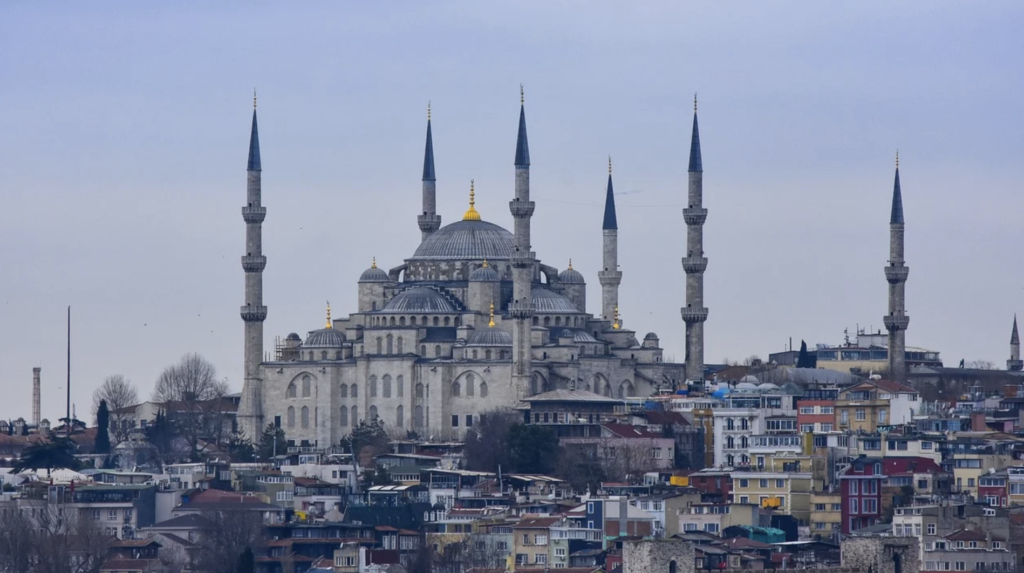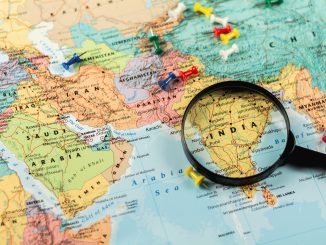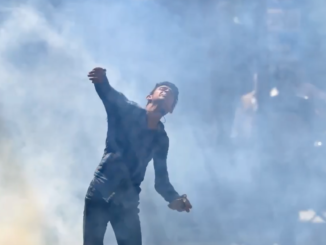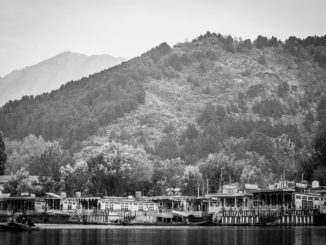
There exist a religious, cultural, and communal divide that often entices people to define society as ‘us versus them’. People are tempted to discriminate themselves from the people of different faith or culture. The sense of superiority of us versus the inferiority of them has simulated intolerance in almost every part of the world. Be it Hindu superiority in India, Jewish superiority over Palestinian Arabs, or the non-Muslim inferiority in Pakistan, religious segregation jeopardizes the ideology of tolerance and co-existence as a peaceful society. The ostracism of the inferior breed places minorities under threat.
For long, Pakistan has suffered from religious animosity, violence, and intolerance against underprivileged religious minorities of the state. Whether it is the misuse of blasphemy laws, attacks on Shia Hazara community, or the discrimination and violence against the Hindus and Christians of Pakistan, the iniquitous conduct by the masses and the state misinterprets, or in a sense travesties, the fundamental teachings of Islam and humanity: tolerance, inclusivity, and plurality.
On 23 June 2020, the construction of the first Hindu temple began in the capital – Islamabad is home to approximately 3,000 Hindus. The project was approved in 2017 under the government of Prime Minister Nawaz Sharif but administrative obstacles halted construction for almost three years. On 3 July 2020, its construction faced sheer criticism and fatwas from the religious right, and was halted once again. The promise, or in this case rhetoric, of equal rights for minorities was shattered. The democratic essence of the state came across religious dogmatism and lost, once again. Among the critics, Khan’s ruling coalition party, PML-Q, and a Lahore-based Islamic institution, Jamia Ashrafia, took the lead saying that it’s against the “spirit of Islam” and is “non-permissible,” respectively.
The religious right or the mullah controls a large majority of the populace and thus a significant portion of the government is, by and large, under their extreme influence. It was evident from the failure of the government to impose lockdown on mosques amid Covid-19 when other Islamic or Muslim-majority states had banned congregational prayers inside mosques. The unmatched authority of the religio-political parties grew during Zia’s Islamization of the state. Time and again, the leaders have put Islamic legitimacy in their political cause to give it a sacred theme for it is the quickest way to attract vote bank in Pakistan.
The exclusion of minorities and the distinction of us versus them, however, has been the discourse of politics in every age. For example, the superiority of Christianity over Judaism in Nazi Germany and Europe, and the inferiority of immigrants and Muslims in the west despite its social essence of human rights, manifests how the difference of ideologies and faiths can lead one to the threshold of sheer violence and conflict.
Similarly, the us versus them paradox in Pakistan was exhibited significantly in recent years: there are estimated 1,000 Christian and Hindu women that are being subjugated to accept Islam every year to marry Muslim men, reported Human Rights Commission of Pakistan. In Sindh alone, since early 2019, 50 Hindu girls were forcefully converted to Islam. A politician named Mian Mithu was reported to be involved in the conversions.
The travesty of Islam where you can force non-believers to accept your faith, one sane mind can imagine, is the definition threaded only by the self-anointed champions of Islam, and not in the actual and traditional Islam. In addition, a Hindu temple was attacked in September 2019 by an angry Muslim mob in Ghotki after accusations of blasphemy on a local principal.
The Hindu, Christian and even the Shia community are being subjected to violence and persecution. On 23 July 2019, a church was attacked by a mob of Muslims in Sheikhupura. A Christian rickshaw driver was beaten and forced to drink poison. He died later. In April 2019, 24 Shias of Hazara community in Quetta were killed in a suicide attack. Even though the Shia community falls under the umbrella of Islam, the enforced disappearances and persecution by militants never stop.
Amnesty International, in its report of 2019, said that religious hardliners continued to attack and persecute religious minorities in Pakistan. These cases, however, are pretty much the tip of the iceberg manifested to roughly assume the intensity of the extremism and fundamentalism being committed here.
The ‘them’ is always the inferior ones and objects to active animosity. The ‘us’ will, somehow, legitimize their violence against the ‘them’ with religion and history. The manipulation of religious context and conduct is their greatest virtue. The organized violence to express their hatred is their central modus operandi.
Although, the Pakistan Ulema Council (PUC) issued a statement to support the construction of the Hindu temple, the negative public sentiment persists that the religious right ignited in the first place; the construction, to a great extent, is facing immense animosity.
The minorities in a core state have suffered a great deal of violence and the trajectory is likely to continue until it eventually stops. Neither Muslims nor Jews nor Christians nor Hindus are peculiar in this spectrum of extremism and fundamentalism. The fate of Muslims, Dalits, and Sikhs is bleak in BJP’s India until an unprecedented secular leadership takes charge; secular Israel is likely to occupy and traumatize Palestine until the US and global community’s hypocrisy ceases; and the violence against non-Muslims in Pakistan is not going to terminate until the arrival of strong civilian leadership that does not bow to the authority of the fundamentalists, and until the comprehension of the true essence of Islam: tolerance and kindness.
For Pakistan, the attention to curb intolerance and extremist mindsets should be given in three areas. First, the educational curriculum can prove to be a pragmatic approach. Since primary school, students are taught discrimination against their non-Muslim counterparts. While the Prime Minister is calling for a uniform curriculum in Pakistan, the discriminative texts – that leads one’s mind towards hatred – can be removed as well. Second is the role of judiciary, bureaucracy and the for government to not compromise or bend their knee in front of fundamentalists. Finally, NGOs can launch a campaign to spread awareness among people of what it means to live in an intolerant society.
Hostility, hatred, and ill will, whether it is ideological, religious, or cultural, are bound to end with the beginning of a new chapter of the same course. It may take a decade or a century, the end will come. Until then, the venom plays along, however temporarily. As was the case of Nazi Germany and Europe, right-wing movements inflicted a great deal of pain on nations before they eventually came to an end.
![]()




Pakistan has been suffering from this since zia ul haq
Growing up, we were taught to hate non Muslims. That’s rooted in our society. Moreover, Minorities in a state suffers. Whether it’s Pakistan, India or Europe.
Its all a specific mind set, which is also against the islam. Not all Pakistanis and even mullahs from Pakistan or other parts of the world do and promote such acts. There are many positive examples who are spreading good message of islam in Pakistan and totally against this brutality. e.g. Mulana Tariq jamil, mufti naeem (late), ghamdi sb etc. In addition the destruction of minorities worship places, we as Muslims and pakistani categorically condemn and protest against such mind set, because it is completely against the vision of Islam, Quaid e Azam and Pakistan. Islam, Quaid e Azam and Pakistan vision is kartarpur and katas ras mundir.
At the end i would like to say just one thing that always in search of solutions and postivity from this filthy negativity, which is i belief is very small in number.